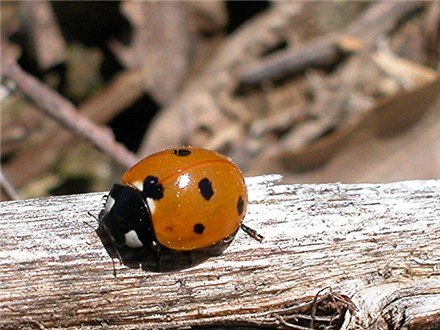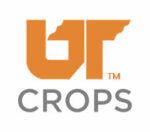LINKS
Lady or Ladybird Beetles
Blake Layton (Mississippi State University) and Scott Stewart (University of Tennessee), Department of Entomology and Plant Pathology
General Comments:
 These are the first beneficial insects that most people learn to recognize. There are hundreds of different lady beetle species, but practically all species share the trait of being predacious as both larvae and adults. One exception is the Mexican bean beetle, an important pest of soybeans in some regions of the country.
These are the first beneficial insects that most people learn to recognize. There are hundreds of different lady beetle species, but practically all species share the trait of being predacious as both larvae and adults. One exception is the Mexican bean beetle, an important pest of soybeans in some regions of the country.
One species of lady beetle, the Asian lady beetle, is considered a pest by many homeowners. This is an introduced species that prefers to forage in trees, although it can be found in row crops as well. This predator has become well established throughout the US. It seems to be especially helpful in controlling aphids in pecans. The problem for homeowners is that overwintering Asian lady beetles often accumulate in homes in extremely large numbers, causing a nuisance.
Description:
Adults of the more common species are oval in overall body shape, yellow to red in color, and often have dark spots on the wing covers. These are the species that everyone recognizes as lady beetles. However, fewer people recognize the larval stage. The larvae are soft bodied and elongate and are sometime described as “alligator shaped”. Their bodies are usually dark in color with yellow, red, orange or purple markings. Lady beetles lay cylindrical, yellowish eggs in clusters.
One common group of lady beetles does not fit the above description as either an adult or larva. These are the Scymnus lady beetles. The adults are shaped like other lady beetles, but they are about 1/5th as large and are dark colored with lighter brown markings. Scouts often encounter these when checking terminals but don’t realize they are lady beetles. Scymnus larvae are covered with fuzzy white filaments of waxy material and resemble mealy bugs. Larvae, as well as adults, are often seen in association with aphid colonies.
Prey:
Lady beetles are heavy feeders as both larvae and adults. Aphids are the favored prey for many species, but they will also feed on caterpillar eggs and small larvae as well as mites and whiteflies. In a laboratory study, adult females of one common species were reported to consume an average of 357 bollworm and/or tobacco budworm eggs or 80 first instar larvae in a 48 hour period. Adults also feed on pollen and nectar. Lady beetle larvae and adults are abundant in most cotton fields and are one factor that helps slow the overall population growth of cotton aphids.
Most lady beetles seem to feed preferentially on aphids when these are present. However, when an aphid population crashes due to an outbreak of fungal disease, the lady beetles are forced to pursue other food, such as caterpillar eggs and small larvae. In cotton fields where this occurs, lady beetles may aid in suppressing tobacco budworm and bollworm populations for a week or two after the aphid population crashes. Adults may then leave in search of better food sources, but the wingless larvae do not have this option.







